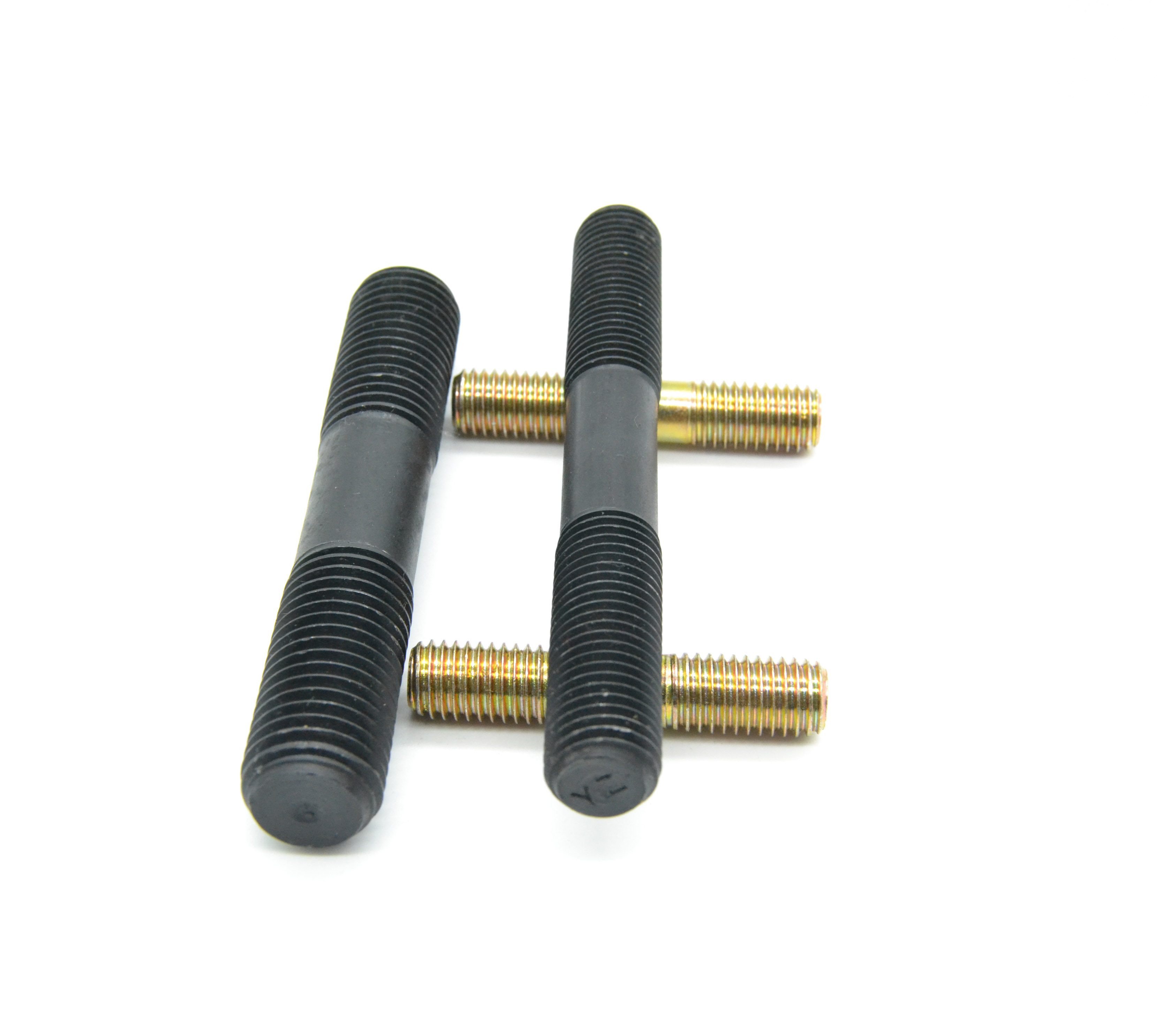Exploring Renowned Fasteners Including Bolts, Nuts, and Washers Used Across Various Industries
Aug . 11, 2024 16:14 Back to list
Exploring Renowned Fasteners Including Bolts, Nuts, and Washers Used Across Various Industries
The Importance of Bolts, Nuts, and Washers in Engineering
In the world of engineering and construction, the unsung heroes often come in the form of simple mechanical components. Among these, bolts, nuts, and washers stand out as fundamental elements that are essential for the integrity and functionality of various structures and machines. These fasteners are crucial to assembling materials and components securely, ensuring stability and safety across multiple applications.
Bolts The Backbone of Structural Integrity
Bolts are heavy-duty fasteners that provide a strong and reliable connection between different parts. Typically made from steel, although they can also be found in materials like stainless steel and aluminum, bolts are characterized by their threaded shaft that allows for easy attachment and detachment. Their design facilitates the distribution of force across the materials being joined, making them ideal for high-stress applications such as in bridges, buildings, and machinery.
One noteworthy aspect of bolts is their variety. From hex bolts to carriage bolts and anchor bolts, each type serves specific functions. Hex bolts, for instance, are commonly used in construction due to their strength and resistance to shear forces. Carriage bolts, with a rounded head and square neck, are perfect for fastening wood to wood, while anchor bolts are essential for securing structures to concrete. The choice of bolt type can greatly affect the performance of the assembly, making knowledge of their properties vital for engineers and designers.
Nuts Essential Counterparts to Bolts
Nuts are the perfect companions for bolts. These small yet critical components are typically hexagonal in shape and designed to fit over the threaded end of a bolt, locking it into place. The combination of bolts and nuts creates a secure fastening system that is vital in many applications. Like bolts, nuts come in various forms, such as lock nuts, wing nuts, and flange nuts, each serving a specific purpose.
famous bolts nuts washers

Lock nuts, for example, provide extra security by preventing loosening due to vibration and movement, a common issue in machines and vehicles. Wing nuts allow for easy hand-tightening and are often used in applications where frequent adjustments are necessary. The synergy between bolts and nuts is essential for maintaining the structural integrity of assemblies under varying loads and conditions.
Washers The Overlooked Heroes
Washers might seem insignificant in comparison to bolts and nuts, but they play a crucial role in the fastener assembly. These flat, disc-shaped components are placed between the bolt head or nut and the surface of the material being fastened. Their primary functions are to distribute load, reduce friction, and prevent damage to the surface. Additionally, washers can provide a degree of sealing, preventing moisture and debris from entering the connection point.
There are various types of washers, including flat washers, spring washers, and lock washers. Each serves a unique purpose. Flat washers are commonly used to prevent surface damage and distribute load, while spring washers provide tension and help maintain pressure in the assembly. Lock washers are designed to prevent loosening under dynamic conditions, enhancing the reliability of the connection.
Conclusion
The humble bolt, nut, and washer may not command the same attention as larger structural components, but their importance cannot be understated. They are the foundation upon which many structures and machines are built, ensuring safety and reliability in engineering applications. By understanding the roles and types of these fasteners, engineers and builders can make informed decisions, leading to better designs and safer structures. In the intricate tapestry of engineering, bolts, nuts, and washers play a pivotal role in holding everything together.
Latest news
-
Premium Wire Bolts Suppliers | Durable & Reliable Fasteners
NewsAug.18,2025
-
Leading Metric Wood Screw Companies & Manufacturers
NewsAug.17,2025
-
Top Wire Bolts Suppliers - Quality & Durable Fasteners
NewsAug.15,2025
-
Trusted Wire Bolts Company | Quality Fasteners Supplier
NewsAug.14,2025
-
Reliable Wire Bolts Suppliers & Manufacturers for Global Needs
NewsAug.13,2025
-
High-Quality Bolts for Lawn Mower Handle Supplier
NewsAug.12,2025
